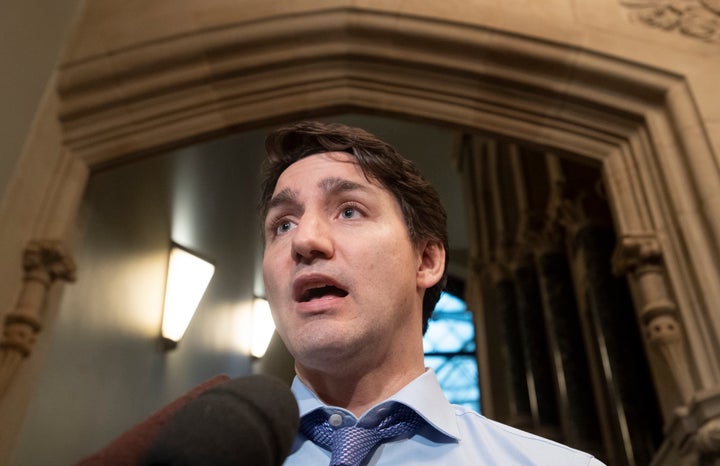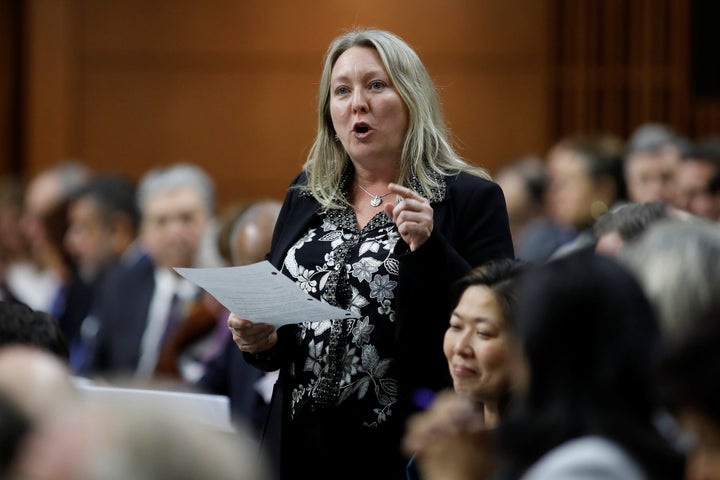
OTTAWA — Prime Minister Justin Trudeau offered a brief response Tuesday when asked to define who he considers “middle class” in Canada.
“Canadians know who’s in the middle class and know what their families are facing and we focus more on the actual issues,” the prime minister said during an interview with Breakfast Television in Toronto.
Trudeau’s unelaborated answer comes weeks after naming a new federal minister of middle class prosperity. Since coming to power in 2015, Trudeau has repeatedly said his government is focused on the middle class and “those working hard to join it.”
Watch: Liberals’ fiscal updates shows billions more in deficits. Story continues below video.
But his pick for the role has also struggled to define the term inherent to her job title.
“I define the middle class where people feel that they can afford their way of life,” explained Ottawa–Vanier MP Mona Fortier during an interview on The Current last month. “They have quality of life. And they can ... send their kids to play hockey or even have different activities.”
The minister’s mandate letter, released last week, failed to offer any clarity on who is considered middle class in Canada. Among Fortier’s responsibilities include the development of “cross-government approaches to ensure that the prosperity and quality of life of the middle class are central to government policy-making.”
Former Conservative finance minister Joe Oliver once suggested that families who earn up to $120,000 in annual income are considered middle class.

Finance Minister Bill Morneau responded to an order paper question in 2017 by saying Canada doesn’t have a statistical measure to help categorize who is part of the socioeconomic group and who isn’t.
“The Government of Canada defines the middle class using a broader set of characteristics than merely income,” Morneau said in the House on Jan. 30, 2017. He suggested the term to be more reliant on ideological markers than economic.
“Middle-class values are values that are common to most Canadians and from all backgrounds: they believe in working hard to get ahead and hope for a better future for their children,” he said. Aspiring to adequate “housing and health care, educational opportunities for their children, a secure retirement, job security” and “modest spending on leisure pursuits” are other traits that are common among this group, Morneau added.
“It is not possible to pin down a specific income range that would capture everyone who is in the middle class and exclude everyone who is not.”
Despite lacking of a firm definition for who makes up the nebulous group, the government has continued to use the term generously.
The government’s economic and fiscal update released Monday showed that the federal budget deficit is projected to be $26.6 billion this fiscal year — significantly bigger than the $19.8 billion originally forecasted. The finance department said “increased expenses related to pensions and other employee future benefits” are partly why the deficit number ballooned.
“Middle class” was mentioned 10 times in Morneau’s update.